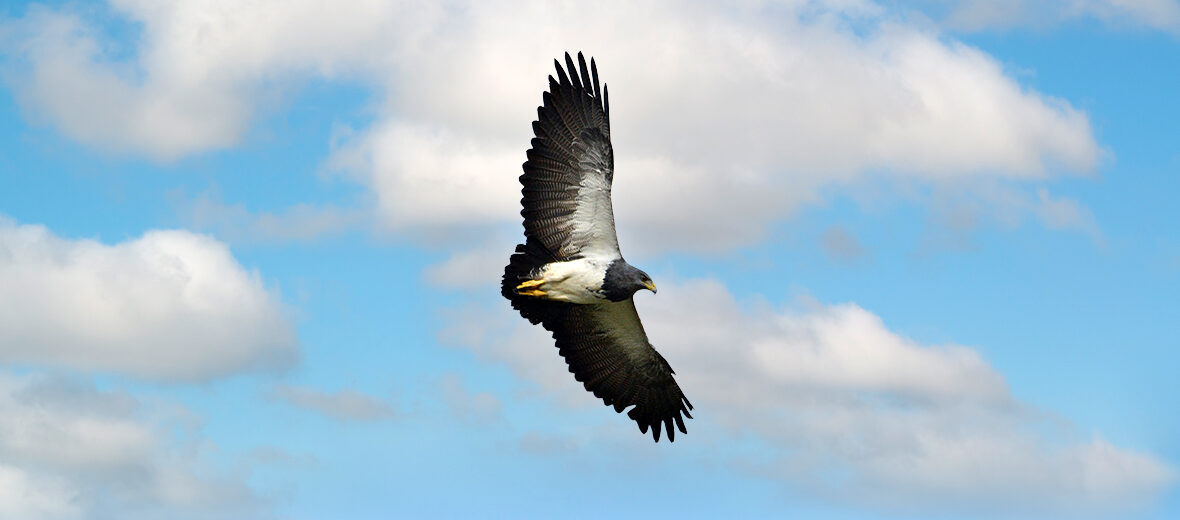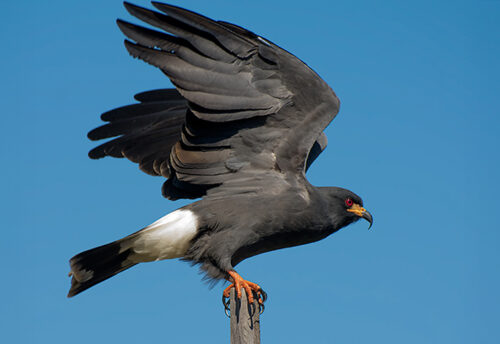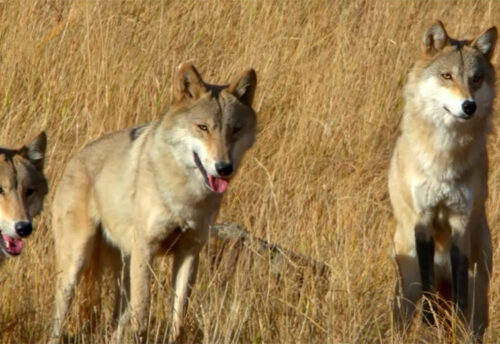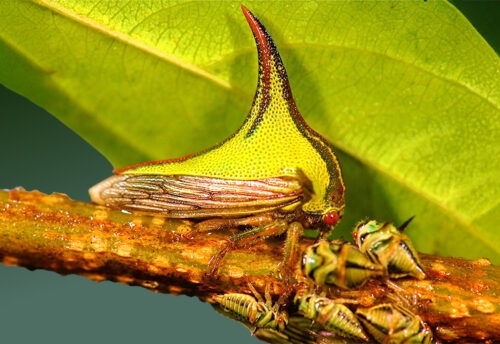
The black-chested buzzard eagle, aka black buzzard-eagle, gray buzzard-eagle, or Chilean blue eagle, can be seen throughout most of South America and is known for their powerful, bulky-looking build. These raptors face the threats of habitat loss and destruction; intentional poisoning by ranchers; and being shot due to persecution. However, these birds are numerous and have a stable population, thus they are listed by the IUCN as Least Concern. Their population trend is listed as stable.
First the Stats…
Scientific name: Geranoaetus melanoleucus
Weight: Up to 6.1 lbs.
Length: Up to 30 inches
Wingspan: Up to 6.7 feet
Lifespan: Up to 42 years
Now on to the Facts!
1.) Their calls sound similar to a crazy human laugh, while other calls make a curlew-like whistle. In flight they produce a “kukukukuku” call.
2.) They were first described by the French ornithologist Louis Pierre Vieillot in 1819.
3.) There are 2 subspecies recognized: the eastern black-chested buzzard-eagle and the western black-chested buzzard-eagle.
4.) These raptors prefer mountainous or hilly terrain with spread out vegetation, shrublands, and Nothofagus forest (southern beeches).
5.) They can be found at elevations of up to 15,000 feet.
But wait, there’s more on the black-chested buzzard eagle!
6.) These birds are both matutinal (active in the morning) and diurnal (active throughout the day).
7.) European rabbits, viscachas, guinea pigs, Patagonian maras, young capybaras, rats, mice, grisons, Andes skunks, gray foxes, large lizards, the occasional birds, and carrion (dead animals) are all on the menu.
Did you know…?
Black-chested buzzard eagles spend most of their time just soaring in the sky, performing aerial play, or displays.
8.) Nests are constructed in tall trees or high rocky cliffs, and measure up to 33 inches in diameter.
9.) Females lay up to 3 eggs that hatch in up to a month.
10.) While usually non-aggressive, if they feel that they or their nest are under threat, they will viciously attack humans.
Now a Short Black-Chested Buzzard Eagle Video!
Be sure to share & comment below! Also, check out the Critter Science YouTube channel. Videos added regularly!

Want to suggest a critter for me to write about? Let me know here.
Some source material acquired from: Wikipedia & IUCN
Photo credit: Sevensad2607



